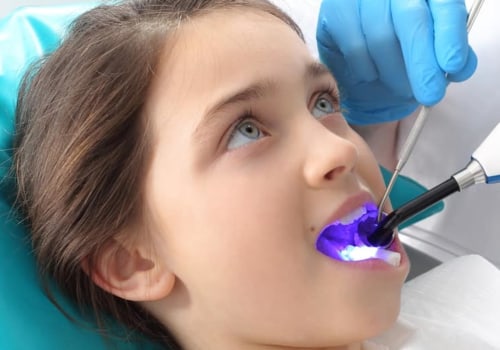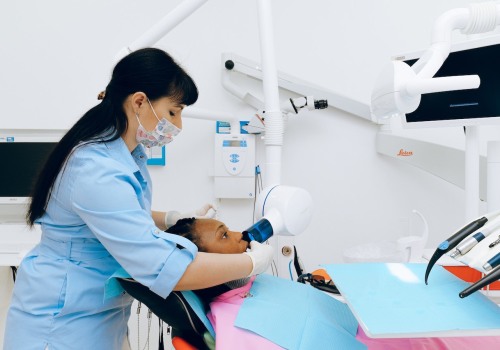Dental lasers are used to eliminate bacteria during endodontic procedures and to reshape the gums. Lasers were approved by the FDA in the early 90s and are quickly becoming the instrument of choice in several dental procedures.
Laser dentistry
is especially effective in treating gum diseases, especially gingivitis and periodontitis. Because we specialize in using lasers to treat gum disease, many people visit our office who are under the care of a general dentist, but are interested in faster and more comfortable treatment.Hard tissues are normally used for teeth. The wavelength of these lasers can pass through bone and water. They remove a small number of teeth to reshape the tooth or prepare it for other procedures. They are mainly used for the detection of tooth decay, the treatment of tooth sensitivity and the preparation of teeth for dental fillings.
How does laser dentistry work? Laser dentistry works by focusing a high-energy beam of light on the soft or hard tissues of the mouth to treat oral health problems such as tooth decay or periodontal disease. For patients looking for an innovative approach to dental treatment, laser dentistry may be a good option. Your dentist can start and finish a complex dental procedure in a short time, thanks to laser dental treatments. In today's era, patients often prefer laser dentistry because it's more comfortable, effective, and affordable compared to other dental treatments.
Laser dentistry has been previously approved by the U.S. Food and Drug Administration for use as a regular dental treatment. A dentist who has invested in laser dentistry has more tools to offer the specific procedure that best suits you and your children. Not many people are thrilled with the idea of fixing a cavity, but laser dental treatments can make the experience as painless as possible.
To be specific, laser dentistry refers to light energy, which is a thin beam of extremely focused light, exposed to a particular tissue so that it can be molded or removed from the mouth. Laser dentistry can also be used for soft tissue treatments, such as exposing wisdom teeth or gums swollen by braces. In fact, many patients have determined that laser dentistry is potentially the most comfortable treatment alternative for many dental procedures. Dental lasers are used in many types of treatments, including preventive dental care and cosmetic dentistry.
Around the world, laser dentistry is used to perform numerous treatments, ranging from simple procedures to fairly complex dental procedures. While this may sound strange or even painful, in certain procedures, lasers have several distinct advantages over more conventional forms of dentistry.







